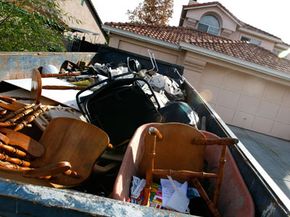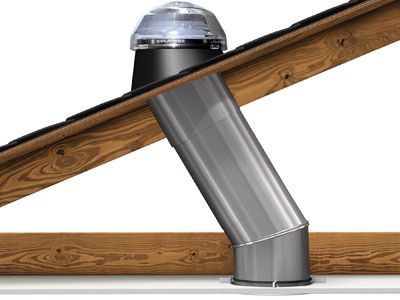Out with the old and in with the new is an exciting prospect when you're anticipating a new construction project. You've been dreaming about those new hardwood floors, so it's hard to give a lot of thought to what's going to happen to the hideous tile floor once it's outta there. You're just glad it's gone. But what if that old tile could be re-used?
In 2008, the Environmental Protection Agency (EPA) estimated that 136 million tons of construction waste was generated in the United States, which accounts for 25 to 40 percent of the national solid waste stream [source: Whole Building Design Guide]. This has more of an impact than just burdening landfills -- materials that contain solvents or chemically treated wood can also cause soil and water pollution.
Advertisement
With environmental awareness on the forefront, green demolition is popping up all over the country as an alternative to the wrecking ball, and it's called deconstruction. Trained construction crews come in and carefully dismantle a building, harvesting everything that could feasibly be reused or recycled. These salvaged materials make it back into the marketplace rather than doing time in a landfill. This process takes longer and costs more, but it's also important to consider the nonfinancial benefits, like creating less of an impact on the Earth. And there are some cost benefits to going the green route as well. We'll talk about these in our next section.



